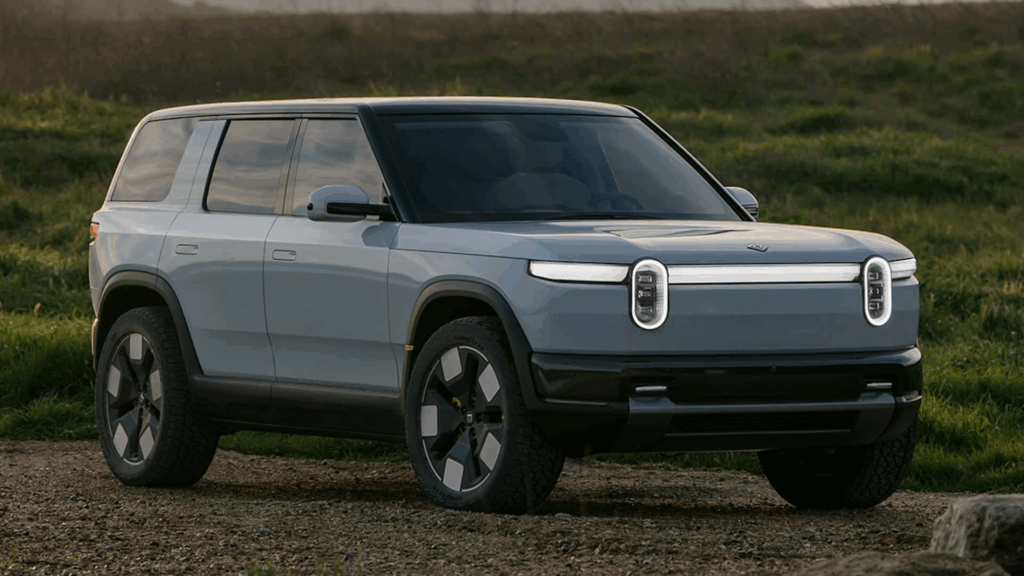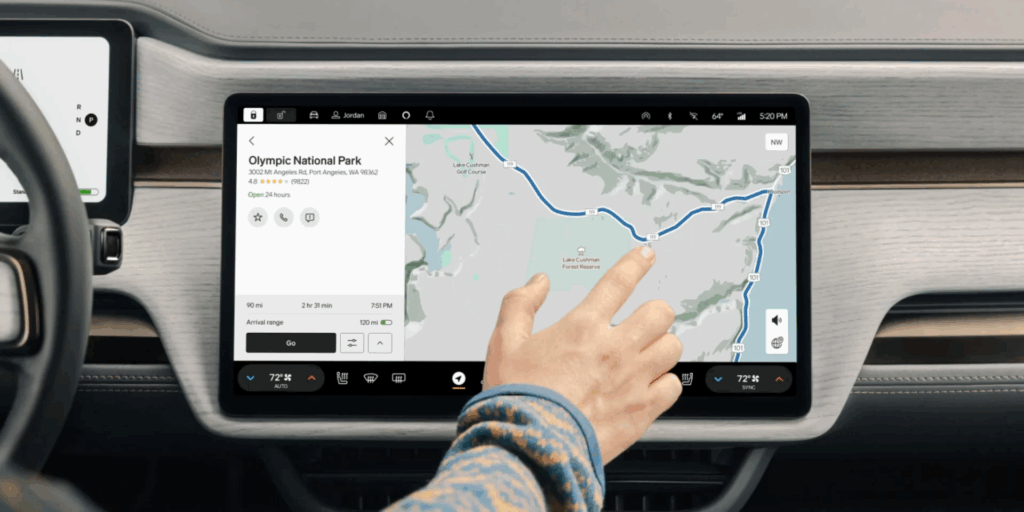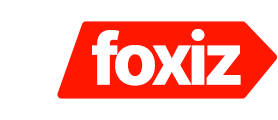Rivian, the electric vehicle maker based in Irvine, California, replaces its Mapbox navigation software with Google Maps. This change aims to improve routing, traffic updates, and place information for drivers. Rivian rolls out these updates via software upgrades for its vehicles and mobile app.
What’s Happening & Why This Matters
Rivian drivers now receive fresh traffic and place data from Google Maps, which updates more than 100 million times daily. This constant flow of information helps drivers find the fastest routes, keep their estimated arrival times accurate, and reroute quickly if a better path opens during the trip. Drivers often rely on precise navigation, especially for electric vehicles, as efficiency directly impacts battery life.

The previous navigation system faced criticism on platforms like Reddit for slow or outdated data. By switching to Google Maps, Rivian tackles these complaints head-on. The update also builds on Rivian’s earlier integration of Google’s points-of-interest database. This feature allows easy access to information about upcoming attractions or stops along the route. Though it’s recommended to use this only when parked or by passengers, it adds convenience to the driving experience.
Google’s satellite imagery is available with a subscription to Rivian’s Connect+ service, priced at $14.99/month or $149.99/year. Alongside satellite views, Connect+ offers perks like in-car Wi-Fi hotspots. This subscription enhances navigation and entertainment options for Rivian users.
Despite the new mapping system, Rivian keeps its EV-specific trip planning intact. It integrates data from A Better Route Planner, a charging-focused app that Rivian acquired in 2023. This app provides real-time battery range estimates and ranks fast chargers with proprietary reliability grades. Such guidance helps EV drivers plan charging stops efficiently during long trips.
Rivian vehicles accommodate various fast chargers. Older R1T pickup trucks and R1S SUVs utilize the Combined Charging System (CCS) plugs, which are compatible with many non-Tesla chargers, including Rivian’s own Adventure Network. Newer models come equipped with the Tesla-designed North American Charging Standard (NACS), enabling use of Tesla Superchargers. This flexibility improves access to charging stations nationwide.

The Rivian mobile app allows you to send destinations and trips directly to the car’s dashboard display. However, Rivian does not support Google’s Android Auto or Apple’s CarPlay systems. Like Tesla and GM, it has not integrated these standard phone-to-car interfaces, which may impact some users’ preferences.
TF Summary: What’s Next
Rivian’s choice to adopt Google Maps improves navigation reliability and driver experience. The integration of real-time traffic data and points of interest promises to make travel more efficient and enjoyable. Meanwhile, maintaining EV-specific charging tools keeps Rivian competitive in the growing electric vehicle market. Offering Connect+ subscription services adds value beyond basic navigation.
Rivian may enhance connectivity features and expand partnerships for charging infrastructure. Drivers can expect ongoing software improvements as Rivian drives technological innovation with the power management efficiencies.
— Text-to-Speech (TTS) provided by gspeech


